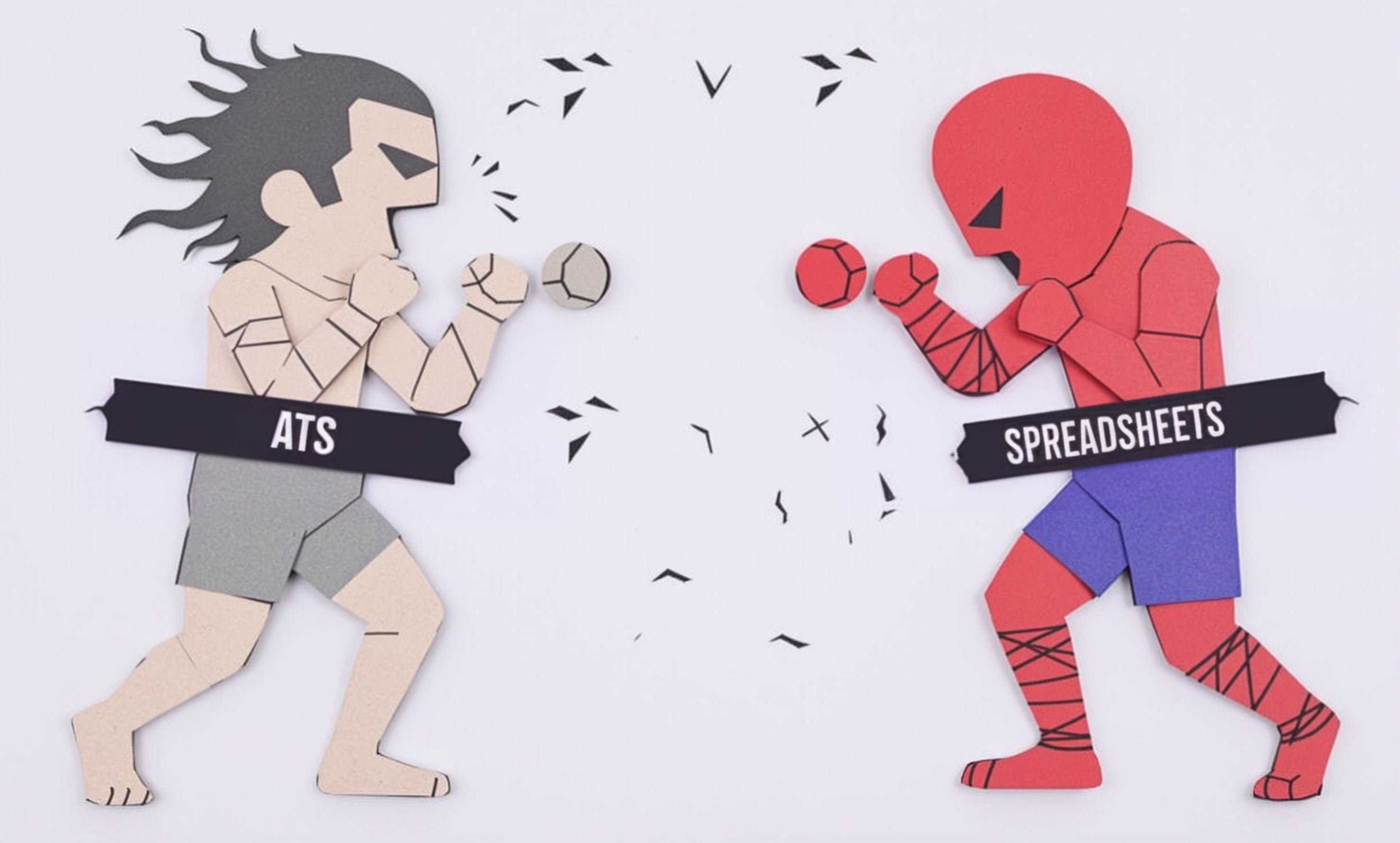
Stunt Padding
Stunt padding refers to specialized safety equipment and protective gear used by stunt performers to prevent injuries during action sequences. This includes various types of foam padding, impact-absorbing materials, and protective wear that can be concealed under costumes. It's an essential part of stunt safety preparation that allows performers to execute falls, fights, and other dangerous-looking stunts safely while maintaining a realistic appearance on camera.
Examples in Resumes
Designed and fitted Stunt Padding systems for high-fall sequences in major action films
Specialized in concealing Stunt Protection and Stunt Padding under period costumes
Trained junior stunt performers in proper Impact Padding and Stunt Padding usage
Typical job title: "Stunt Coordinators"
Also try searching for:
Where to Find Stunt Coordinators
Professional Organizations
Industry Networks
Example Interview Questions
Senior Level Questions
Q: How do you assess the safety requirements for a complex stunt sequence?
Expected Answer: A senior coordinator should explain their process for risk assessment, including factors like performer experience, environmental conditions, and equipment requirements. They should mention documentation, team briefings, and backup plans.
Q: What considerations do you take when selecting padding for period costume stunts?
Expected Answer: Should discuss balancing safety with visual authenticity, mention different padding materials and their concealment techniques, and explain coordination with costume department.
Mid Level Questions
Q: What are the essential safety checks for stunt padding before a performance?
Expected Answer: Should describe inspection procedures, fit checking, movement tests, and communication with performers about comfort and security.
Q: How do you maintain and track stunt padding inventory?
Expected Answer: Should explain systems for equipment maintenance, replacement schedules, cleaning procedures, and documentation of gear condition.
Junior Level Questions
Q: What are the basic types of stunt padding and their uses?
Expected Answer: Should be able to identify common padding types like impact foam, crash pads, and protective wear, and explain their basic applications.
Q: How do you properly fit stunt padding to a performer?
Expected Answer: Should explain basic measurement and fitting procedures, comfort checks, and movement testing processes.
Experience Level Indicators
Junior (0-2 years)
- Basic padding types and applications
- Safety equipment maintenance
- Basic fitting and adjustment
- Understanding of safety protocols
Mid (2-5 years)
- Advanced padding techniques
- Costume integration
- Equipment inventory management
- Risk assessment
Senior (5+ years)
- Complex stunt safety planning
- Team supervision
- Budget management
- Advanced risk mitigation strategies
Red Flags to Watch For
- Lack of current safety certification
- No experience with modern padding materials
- Poor communication about safety procedures
- No knowledge of industry safety standards
- Insufficient documentation practices
Related Terms
Need more hiring wisdom? Check these out...

Supercharge Your Candidate Screening: 7 Unorthodox Ways to Hire Faster Without Breaking a Sweat

Cutting HR Costs Without Sacrificing Quality: A How-To for Savvy Executives

Why Your Hiring Spreadsheets Are Secretly Sabotaging Your Recruitment

